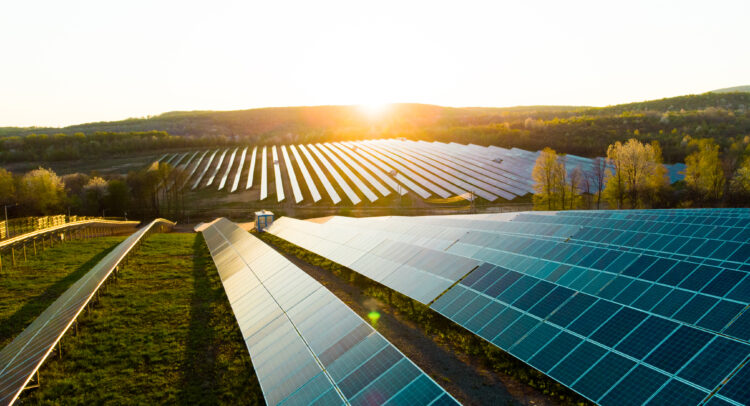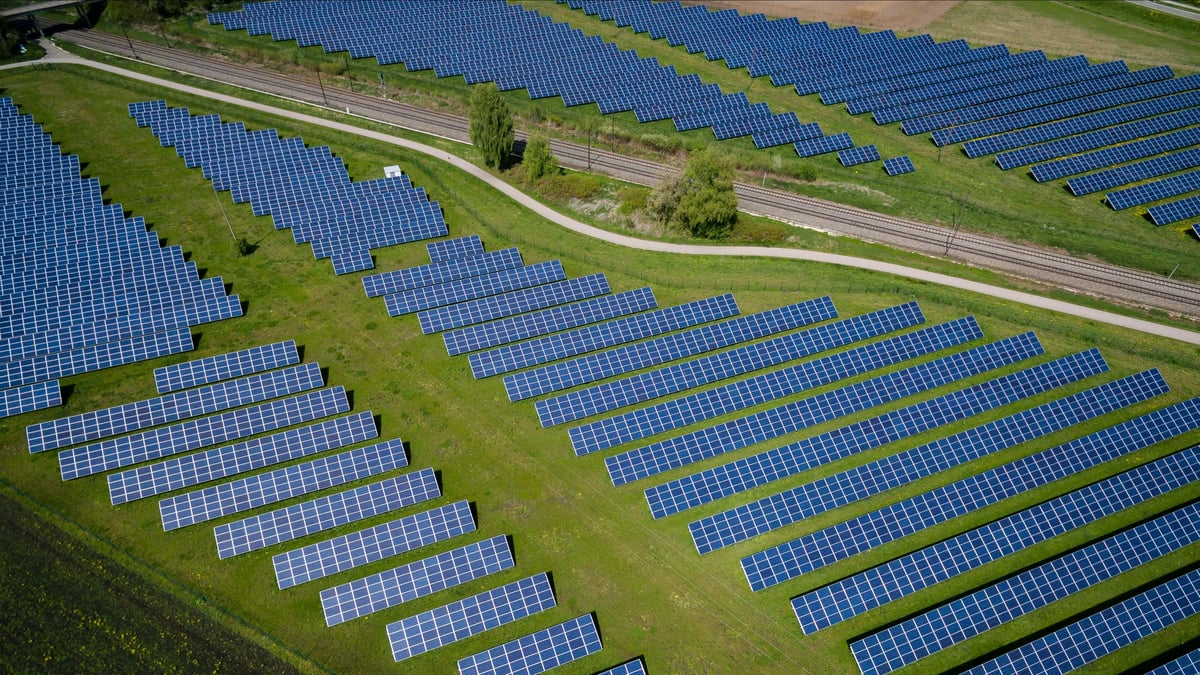According to Wood Mackenzie, global solar capacity is projected to triple by 2033 due to increasing demand for renewable energy solutions. NEXTracker (NASDAQ: NXT), a provider of innovative solar tracking technologies integral to the success of large-scale solar initiatives, is well positioned to participate in the industry’s continued growth.
By enabling solar panels to move in the direction of the sun, these technologies significantly optimize energy production, providing utilities and power generation projects with a significant return on investment (ROI). Notably, NEXTracker reported revenue growth of 42% to $737 million in the most recent quarter (4QFY24) and expected revenue growth of at least 12% in FY2025. The company’s shares have risen nearly 43% in the past year. Nevertheless, the shares are still attractively valued, cementing Nextracker’s position as an attractive growth fund in the renewable energy sector.
NEXTracker Enjoys Strong Demand
NEXTracker has firmly established itself as a leader in the development of effective solar tracking technologies and software. It is dedicated to making renewable energy accessible and affordable for all. Its integrated solar tracker and software solutions are used in utility-scale and globally distributed solar projects, enabling solar panels to track the sun’s path for optimal plant performance. The durability of Nextracker systems is reflected in their ability to adapt to uneven terrain and survive harsh weather conditions, thus increasing their durability and reliability.
The company recently acquired U.S. renewable energy company Ojjo, which specializes in infrastructure technology and services used for utility-scale ground-source solar power generation applications. Combined with NEXTracker’s intelligent solar tracker system, the acquisition provides a more comprehensive solution for engineering procurement companies and solar power plant developers, increasing project development, design and installation capabilities in a variety of soil conditions.
Since 2021, NEXTracker has expanded or established 20 new partner manufacturing facilities in the US, demonstrating its strong growth. The company’s global annual supply capacity currently exceeds 50 GW, including more than 30 GW in the United States.
NEXTracker ended fiscal year 2024 on a high note, achieving the milestone of 100 GW of shipments globally since inception. This significant achievement was accompanied by a record backlog of more than $4 billion, highlighting strong demand from both the US and international markets and underscoring the company’s strong growth trajectory.
Analysis of NEXTracker’s Recent Financial Statements
NEXTracker recently announced financial results for the fourth quarter ended March 31, 2024 and fiscal year 2024. Fourth-quarter revenue of $737 million was up 42% year-over-year and easily beat consensus expectations of $52.53 million. GAAP net income was $223 million, while adjusted EBITDA was up 120% year-over-year to $160 million. Adjusted EPS of $0.96 beat estimates by $0.31.
In fiscal 2024, the company posted an impressive 31% year-over-year revenue of $2.5 billion. Adjusted net income for the year was $451 million and adjusted diluted EPS was $3.06. The year witnessed operating cash flow of $429 million and adjusted free cash flow of $427 million.
Management issued full-year guidance for fiscal 2025, forecasting revenue of $2.8 billion to $2.9 billion. Adjusted EBITDA is estimated at $600 million to $650 million, and adjusted diluted EPS estimates range from $2.89 to $3.09.
What is the Price Target for NXT Shares?
Analysts following NEXTracker are cautiously optimistic about the stock. For example, HSBC analyst Sean McLoughlin recently cut his price target on the stock from $65 to $60, while maintaining a buy rating. He cited “strong” Q4 results and fiscal 2025 guidance, highlighting NEXTracker’s growth prospects in the US and international markets.
NEXTracker, Inc. rated a Strong Buy based on 16 buys and five holds in the past three months. NXT stock has an average price target of $60.68, suggesting a potential upside of 7.02% from current levels.
The stock has been somewhat volatile, with a beta of 1.94, although it has been in an overall uptrend for some time, having climbed over 86% over the past three years. It is trading at the high end of its 52-week price range of $32.14 to $62.31, while trading above its 20-day (55.67) and 50-day (52.67) moving averages, demonstrating continued positive price momentum. It trades at an attractive valuation relative to its industry peers, with a P/E (price-to-earnings) ratio of 18.12x, compared to the Solar industry average of 26.10x.
Final thoughts on NXT
NEXTracker’s presence in the rapidly growing renewable energy market makes it an attractive investment. Its unique solar tracking technologies and software solutions provide attractive ROI for utility and power generation projects. The company’s strong financial performance in the last quarter, expected growth of at least 12% for fiscal 2025 and an attractive current valuation further strengthen its investment appeal.
Disclosure



